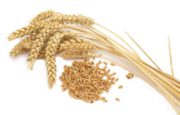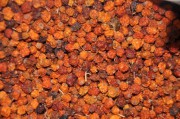Grain: various drying methods - how to dry grain at home
Many people grow various grain crops on their plots, such as wheat, rye, and barley. The resulting grains are subsequently germinated and eaten. Of course, the harvest volumes are far from production volumes, but products grown independently also need to be able to be processed correctly. In order for grain to be stored for a long time, it must be thoroughly dried. We’ll talk about how to properly dry grain at home in this article.
Drying is the main technological operation that facilitates the storage of grain and seeds for a long time.
On a production scale, grain is dried using special grain dryers in two main ways:
- without artificial heat supply;
- using additional heat sources, turning the liquid into a vapor state.

Content
How to dry grain at home
On air
Small volumes of grain harvested at home can be dried the old fashioned way - in air. To do this, the ears are cut at a distance of several centimeters from the ground and placed in small sheaves. Under the influence of the sun's heat, the grains in the ears will finally ripen and dry slightly. Grain in sheaves does not rot even after rain, since this form of storage provides good air ventilation.
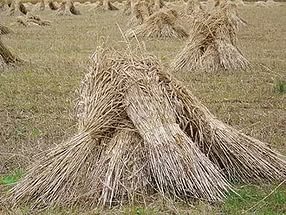
After a week, the grain can be knocked out of the ears and sent for final drying. The grain should be dried under a canopy, in a dry, ventilated place, scattering it in a small layer on a tarpaulin or other dense fabric.
To prevent the raw material from rotting, it must be stirred every day. If the volume of grain is sufficient, then you can use a shovel for this.
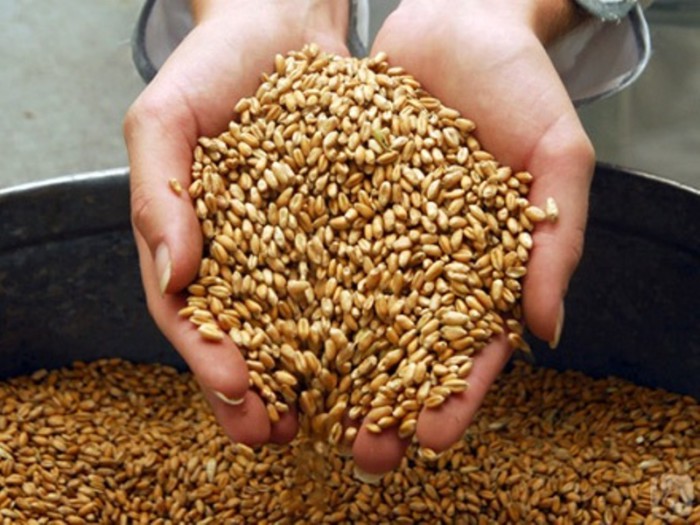
Near the heater
This method is suitable for harvesting seeds of late grain crops when weather conditions do not allow drying them outside.
Grain is poured onto nets or pallets in a layer of no more than 2 centimeters. You can make the nets yourself by stretching a mosquito net over a wooden frame.
A stool is placed near the heating radiator or electric heater, on which a container with grain is placed. For better air circulation, you can additionally use a fan.
The grain mesh can also be installed above the stove. When cooking, warm air will help evaporate moisture from the grains.
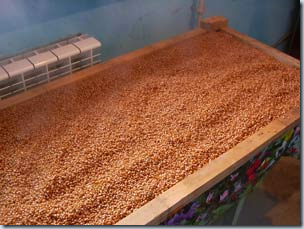
In an electric dryer
Modern dryers for vegetables and fruits can also cope with the task of drying grain. To do this, the seeds are placed in a single layer on wire racks and dried until fully cooked at a temperature of 40 degrees. To ensure that the grain dries evenly, the trays need to be swapped approximately every 1.5 hours and mixed.
How to store grain
The storage area should be dry and cool. A small amount of the dried product is stored in canvas bags or glass jars with a tightly screwed lid.
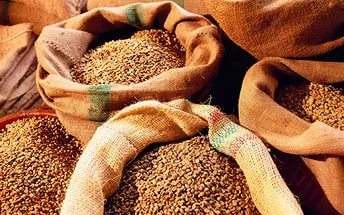
Since grain is not afraid of cold weather, large volumes of it are stored in wooden boxes located in unheated rooms (for example, in closets). The top of the boxes is covered with a metal or wooden lid.This storage method ensures good air circulation and protection from rodents.
Dry grains can be sprouted and then used for culinary purposes. A video from the Brovchenko Family channel will tell you more about how to easily germinate wheat grains.

